Today around 6h05 Spanish local time (4h05 UT) it was possible to observe the re-entry of the second stage of the Space X Falcon 9 rocket that has put 51 new Starlink satellites into orbit.
The phenomenon has been visible from much of the south and central-east of Spain and has been observed by many people. It has also been recorded by the detectors of the SMART project (Red de Bolides y Meteoros del Suroeste de Europa - Red SWEMN) from Calar Alto, Sierra Nevada, La Sagra (Granada), La Hita (Toledo), Olocau (Valencia), Ayora ( Valencia) and Cullera (Valencia).
In addition, several of the external cameras of Calar Alto Observatory in Almería have also been able to record this impressive event.
The rocket was launched from the US today the 5th at 2h32 Spanish local time. This is the Starlink 4-20 mission and the launch occurred from Cape Canaveral. In the images of the re-entry, a cloud of gases is observed, which come from the thrusters of the second stage of the Falcon 9. These thrusters caused the braking of said stage to deorbit it and cause its re-entry, thus preventing it from remaining as space debris around our planet.
Below are the videos collected by the different external cameras operated from Calar Alto Observatory in Almería. These videos are sped up to four times the actual speed.
Calar Alto (CAHA) fireball detection station, together with the one at the Observatory of Sierra Nevada (IAA-CSIC) and others placed at different locations in Spain, are part of the S.M.A.R.T. project led by Professor José María Madiedo (IAA) to track that kind of objects. Specifically, Calar Alto (CAHA) station and the one at Sierra Nevada (IAA-CSIC) constitute a collaboration agreement between the IAA researcher José María Madiedo and both institutions.
 English (UK)
English (UK)
